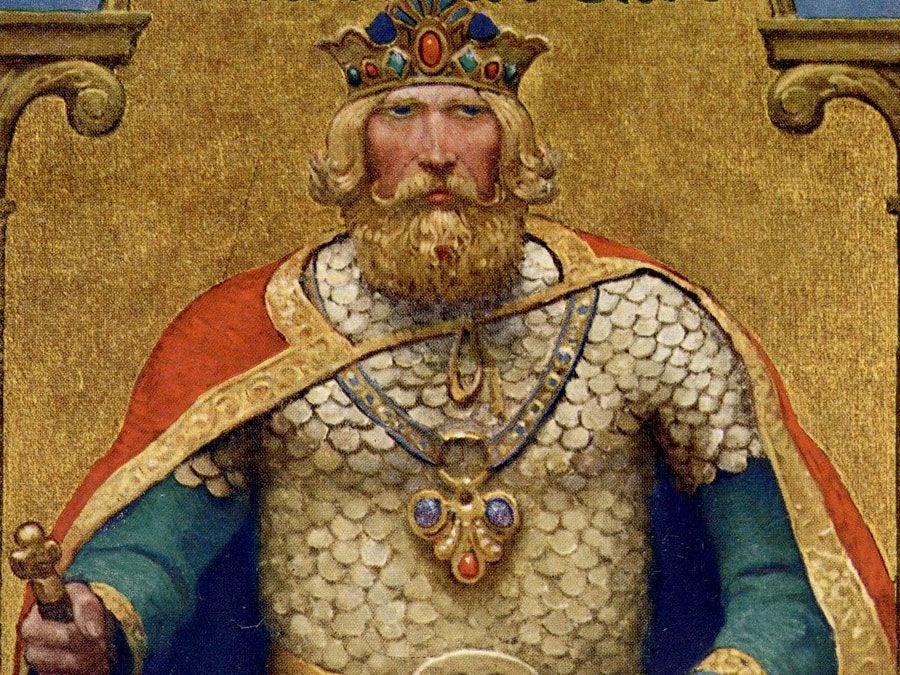Evil's Fatal Attraction to Good
How one of the most famous noble rulers, a king true, used power to lead his kingdom to peace and prosperity.
Of knights, dames, wars and tournaments… since the late middle age, the tale of King Arthur, Camelot, Excalibur and the knights of the Round Table have been part of our collective imagination.
Writing in the 15th century, Sir Thomas Malory1 rendered the story vivid. “Here lies Arthur, the king who was and who is to be,” so reads the inscription on the king’s tombstone. He couldn’t have known how prophetic this inscription would prove to be.
Part legend—the mythical kingdom of Camelot and its noble Knights of the Round Table—part myth—the Lady of the Lake, the Sword of the Earth, the quest for the Holy Grail, and the Isle of Avalon, King Arthur’s narrative stands out above the rest.
But where do these stories come from, how much truth is there in them, and what’s their value in culture?
Reminder: You can support my work and get extra insights—in-depth ideas, information, and interviews on the value of culture.
Become a supporter and access new series, topic break-downs in The Vault.
The King Arthur we know is a creation of the late Middle Ages.
But his legend has its roots in Celtic poetry from ancient times, to the Saxon invasions of Britain. After the Romans abandoned Britain in 410 AD, Saxon invaders from what is now Germany and Denmark quickly took advantage of the vulnerability of the abandoned lands.
The people of Britain fought ferociously against the invaders over many troubled centuries.
Surviving poems from the period offer some clues. Whoever Arthur was, he must have been a role model for warriors. Nennius was the first to write about the exploits of the King, though in too many battles.
Whether the noble ruler reigned over land and people or even lived is less clear. However, references to Arthur caught the attention of an aspiring historian hundreds of years later.
In 1130, Geoffrey of Monmouth was a humble cleric with great ambitions. Using Celtic and Latin sources, he spent years writing a long chronicle called History of the Kings of Britain. The focus of this work was King Arthur.
Keep reading with a 7-day free trial
Subscribe to On Value in Culture to keep reading this post and get 7 days of free access to the full post archives.



